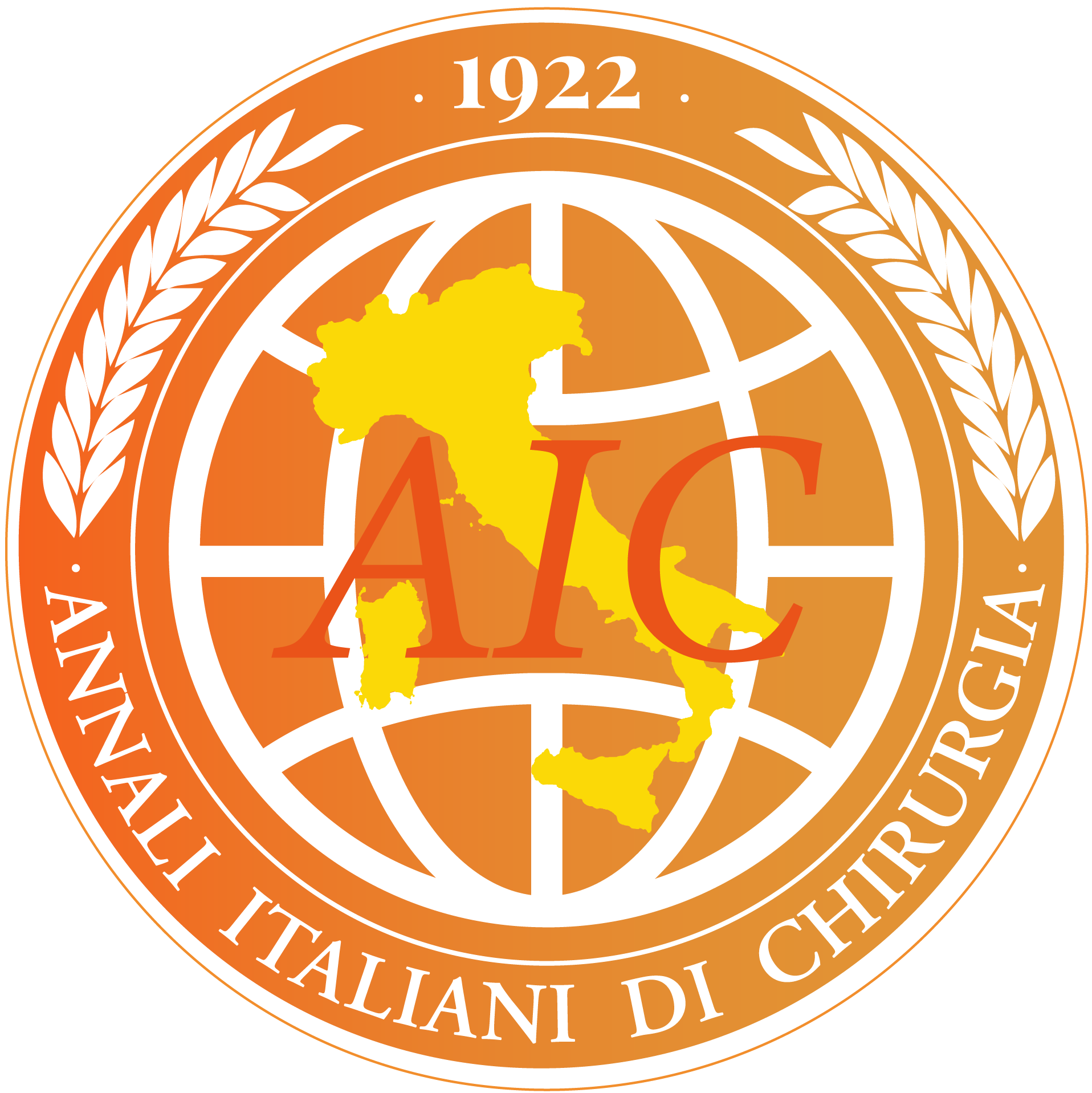19 May 2014Case Report
Choledochal cyst mimicking Mirizzi’s syndrome. A case report
Fabrizio Frattaroli 1Saverio Coiro 1Aldo Nunziale 1Francesco Lucia 1Jacopo Frattaroli 1Giuseppe Pappalardo 1
Affiliations
Article Info
1 Dipartimento di Chirurgia Generale e Specialistica “Paride Stefanini”, Policlinico” Umberto I”, ”Sapienza Università di Roma, Italy
Ann. Ital. Chir., 2014, 3(May), 1-5;
Published: 19 May 2014
Copyright (c) 2014 Annali Italiani di Chirurgia
Abstract
Choledochal cysts are cystic dilatations of the intra or extra-hepatic biliary tract with an incidence of 1 case per 150.000 live births. Cysts usually are diagnosed in childhood, but diagnosis can be delayed until adulthood in the 20-50% of cases. Clinical manifestations comprise abdominal pain with biliary or pancreatic features. Mirizzi’s syndrome is a late and rare complication, that occurs in 1% of patients with cholelithiasis due to extrinsic compression of the common bile duct by stones impacted either in the gallbladder or in the cystic duct. Clinical symptoms include extrahepatic obstructive jaundice, ascending cholangitis, or, in the later course, cholecystocholedocal fistula. For both pathologies the Endoscopic Retrograde Cholangio Pancreatography and the Magnetic Resonance Cholangio Pancreatography should lead to the diagnosis with a sensibility and a specificity up to 100%. We report the case of a 66 year old patient admitted to the Emergency Department of our hospital for jaundice and abdominal pain, whom both the endoscopic and radiologic examination showed a Mirizzi’s syndrome but surgery revealed a type I choledocal cyst.
Keywords
- Choledochal cyst
- ERCP
- Mirizzi’s syndrome
- MRI

